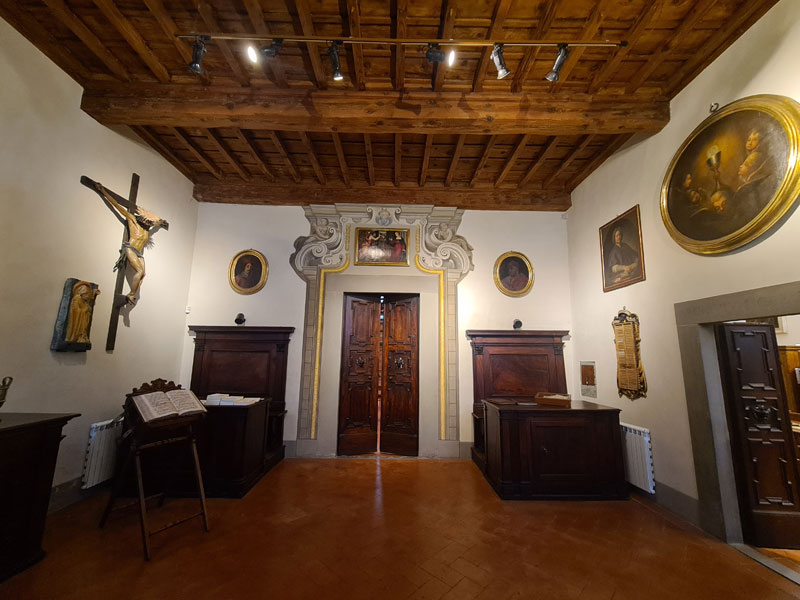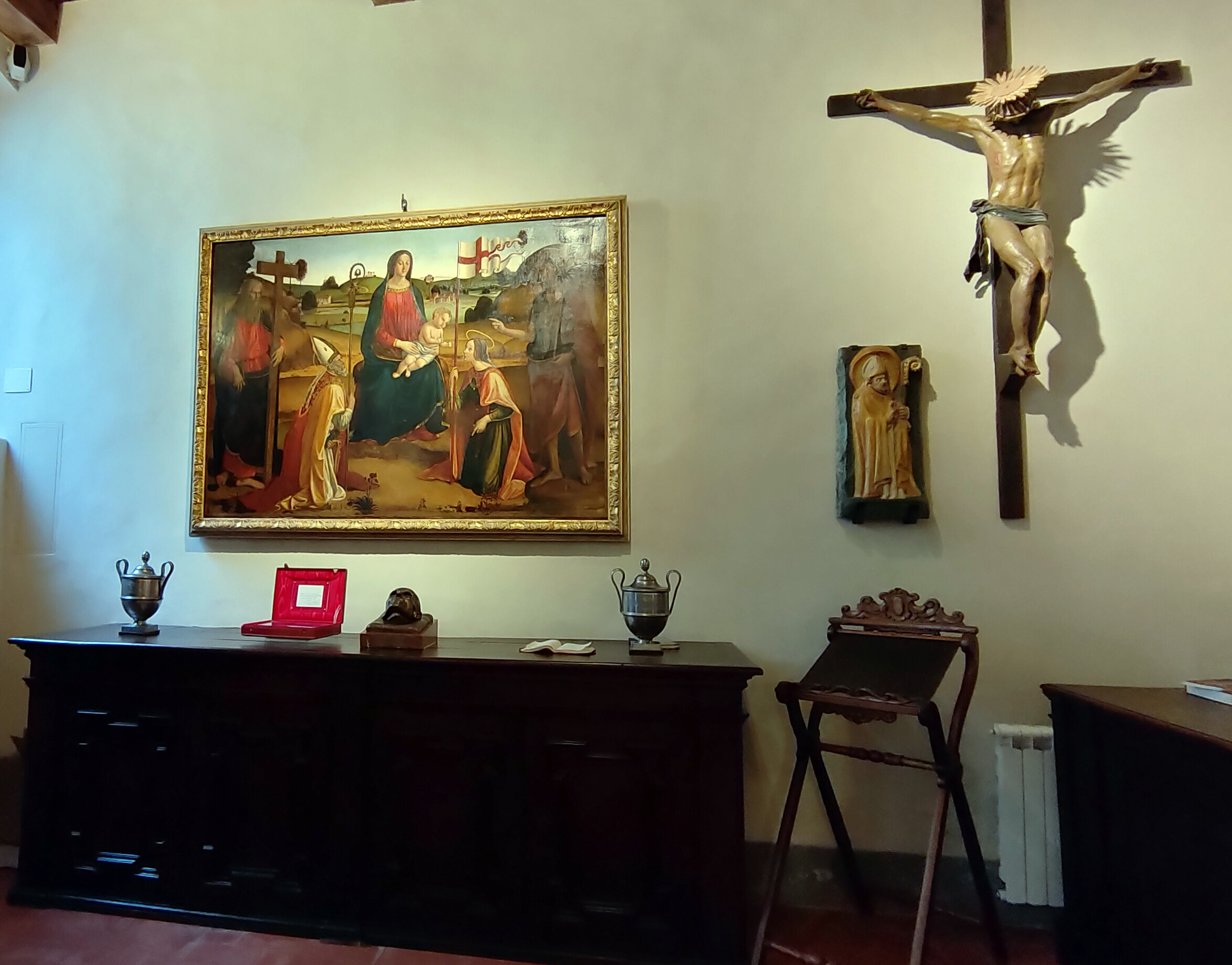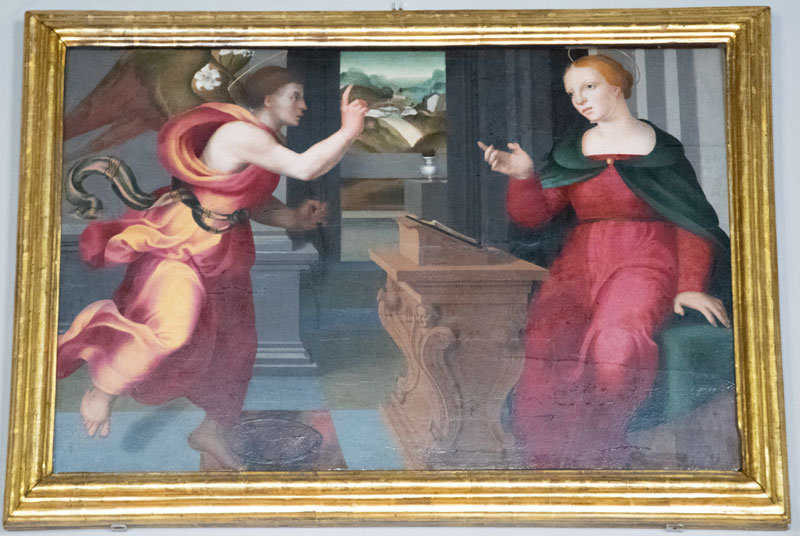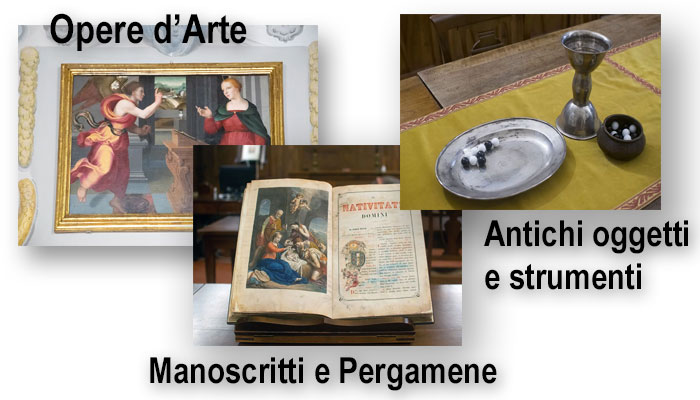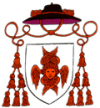Il Florentine Metropolitan Chapter it is based in the former church of S. Pietro in Ciel d'Oro (or S. Pier Celoro), located in Piazza del Capitolo in Florence, mentioned for the first time in an imperial diploma of 962.
With the construction of the new cathedral, the church found itself surrounded by the houses of the canons, in a sort of island bounded by a wall.
It therefore lost its parochial function and at the same time the idea arose of transforming it into a public library owned by the Opera del Duomo.
The project was supported by the consuls of the Arte della Lana and by the Signoria, and received the authorization of Pope Nicholas V, founder of the Vatican Library, and of Archbishop Antonino Pierozzi.
The archival and book material can be consulted by users in the suggestive study room located inside the archive.
One of the tasks of the chapter institution is to hand down and preserve its history, inevitably and naturally intertwined with that of the city of Florence, with its traditions and its art.
For this reason, in addition to the regular consultation service, the Chapter periodically supports the setting up of exhibitions, aimed at making its archival and artistic heritage known.
Guided tours of the headquarters are also organised, the silent and immutable host of valuable works of art, sometimes commissioned for the Chapter itself, other times coming from churches it owns or the result of bequests and donations.
The Chapter is a place where time seems to have stopped, where every object passes on history and lived life. Among the most important works of art we find the panel depicting the Madonna and Child attributed to Cosimo Rosselli (1501), the papier-mâché processional crucifix attributed to Felice Palma (1505th century, first quarter), the Annunciation attributed to the school of Andrea Del Sarto (1510-16450), the portrait of Antonio Medici attributed to Sustemans (1660-XNUMX), the panel attributed to Francesco Brina depicting the BVM with the Child, St. Anne and St. John the child (XNUMXth century), the crucifixion on a silver plate attributed to Alessandro Allori (last quarter of the XNUMXth century).
The Chapter of the Cathedral of Florence is pleased to announce the opening of its office to guided tours, with the aim of making known the history of one of the oldest institutions of our city, and to "taste" its works of art , glimpses of real life, anecdotes and curiosities to rediscover our cultural identity.


